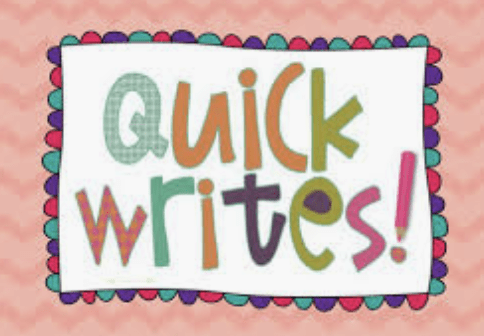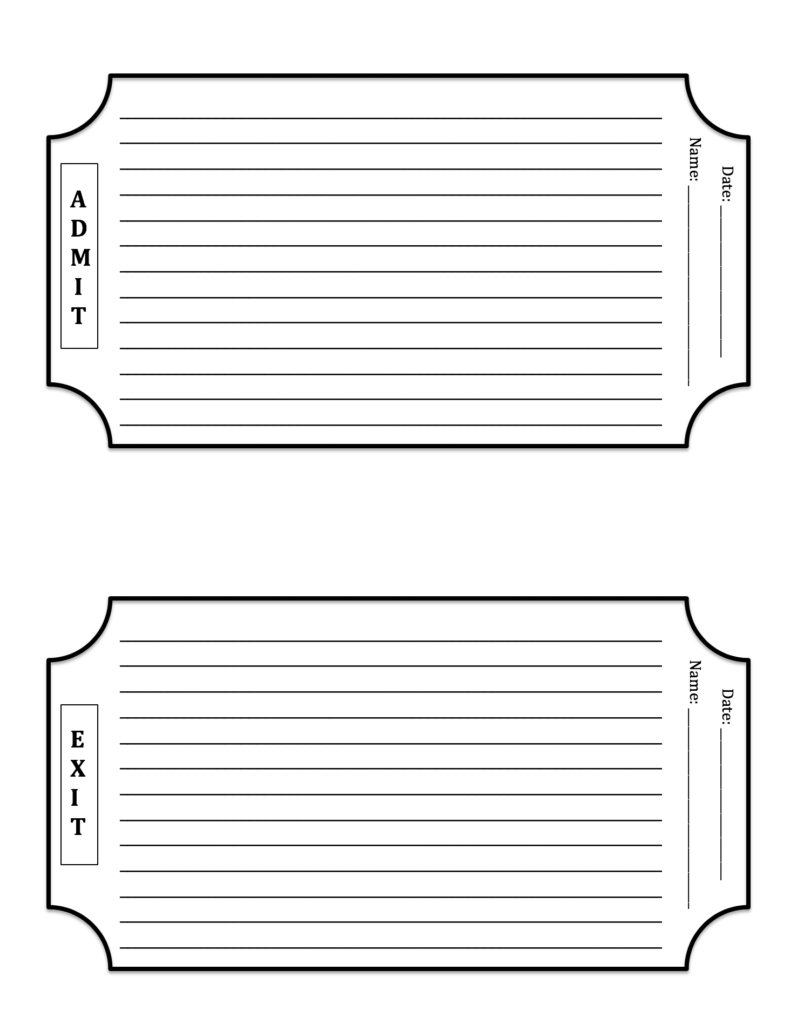The Power of Quick Writes

I recently read an Edutopia blog post by Benjamin Barbour titled “The Power of Short Writing Assignments” just after delivering a professional development workshop about Quick Writes from my Keys to Content Writing teacher training program. I knew I had to make this the topic of my next blog post!
Barbour makes this point, “Some educators avoid assigning writing, believing that they don’t have the time to either incorporate such a project or grade it. Thankfully, writing assignments need not be long in order to be effective. If you don’t wish to assign a potentially time-consuming project, try these short assignments to help students become better writers and thinkers.” He goes on to suggest several types of quick write tasks.
In Keys to Content Writing, Grades 3-6 and Grades 6-12, we note that there are three kinds of subject-area writing tasks that can be assigned to support the learning of content:
- Quick Writes: completed in less than ten minutes; objective is to process, reflect on, or assess content learning; typically is not revised; informally evaluated and not graded
- Content Learning Tasks: take 1 or more sessions to complete; objective is to deepen understanding and reflection or assess content learning; may be revised; may be informally evaluated; typically graded
- Longer, Formal Writing Tasks: take multiple session to complete; objective is to deeply learn content, develop authentic writing skills, prepare for on-demand writing; revised; formally evaluated and graded.
All three kinds of tasks can be used to have students write to learn content. But Quick Writes are so powerful because they do not require a significant amount of planning and do not cause student anxiety the way the other two tasks often do.
The prolific writer Stephen King says, “If you want to be a good writer you must do two things above all others: read a lot and write a lot.” The Common Core Writing Standard #10 also emphasizes writing a lot, requiring students to “write routinely over extended time frames and shorter time frames for a range of tasks, purposes, and audiences.”
Quick Writes are short, informal writing tasks that can be assigned during class or as brief, out-of-class assignments. Quick Writes help students remember, organize, and manage information, and they can be used at any point in a classroom lesson to help them communicate their thoughts, experiences, and reactions to what they are reading and learning. They can also be used as formative assessment to determine how well students have learned content.
Here are some examples of Quick Write tasks:
- admit and exit tickets
- informal notes/scribbles
- margin notes while reading
- list of facts, steps, ideas
- set of instructions or directions
- filling in a graphic organizer or completing a set of notes
- free -writing: write on a topic for a short specified amount of time (also called a “brain dump”)
- one-paragraph summary
- generate a few questions
- KWL Chart (What I know, What I Want to Know, What I Learned)
- write a definition in your own words
- draw, label, or explain pictures/diagrams
- short-answers to questions
- sentence combining
- short communication wit someone else (email, tweet, note, text message)
Using Questions for Quick Writes
When students respond to questions in writing, their ability to process and remember content information improves. Here are some suggestions for general questions that can be used in all content areas:
- At the start of class:
- What was the most important thing you learned from your homework assignment or reading?
- What questions do you have about your homework assignment or reading?
- What are you most interested in discussing or learning in today’s class?
- At the end of class:
- What was the most important thing you learned today?
- What do you want to learn more about?
- What was confusing, or is there something you would like explained better?
Click here to download a template for admit and exit tickets.
Visit the Keys to Literacy website “free resources” section under writing for more writing templates and support materials.


 Joan Sedita is the founder of Keys to Literacy and author of the Keys to Literacy professional development programs. She is an experienced educator, nationally recognized speaker and teacher trainer. She has worked for over 35 years in the literacy education field and has presented to thousands of teachers and related professionals at schools, colleges, clinics, and professional conferences.
Joan Sedita is the founder of Keys to Literacy and author of the Keys to Literacy professional development programs. She is an experienced educator, nationally recognized speaker and teacher trainer. She has worked for over 35 years in the literacy education field and has presented to thousands of teachers and related professionals at schools, colleges, clinics, and professional conferences.
Would photographs or other visuals show details better than you can describe them with words alone? If you’re writing about learning to read, for example, you might scan in an image of one of the first books you read in order to help readers picture it. Or if your topic is learning to write, you could include something you wrote.
Yes, visuals are also a helpful way to support quick writes!
Thank you so much for the information and resources on “quick writes.” I feel more confident and informed about how to implement “quick writes” and will definitely be passing this on to teachers.
You are welcome Melissa!
Thank you for this infomation.
nice
Quick writing is very powerful! when my student are entering the classroom I use quick writes in the form of a bell ringer to introduce a new lesson or a form quick data with the use of KWL to see what the students has learned from a previous lesson. Thanks so much for all you do!